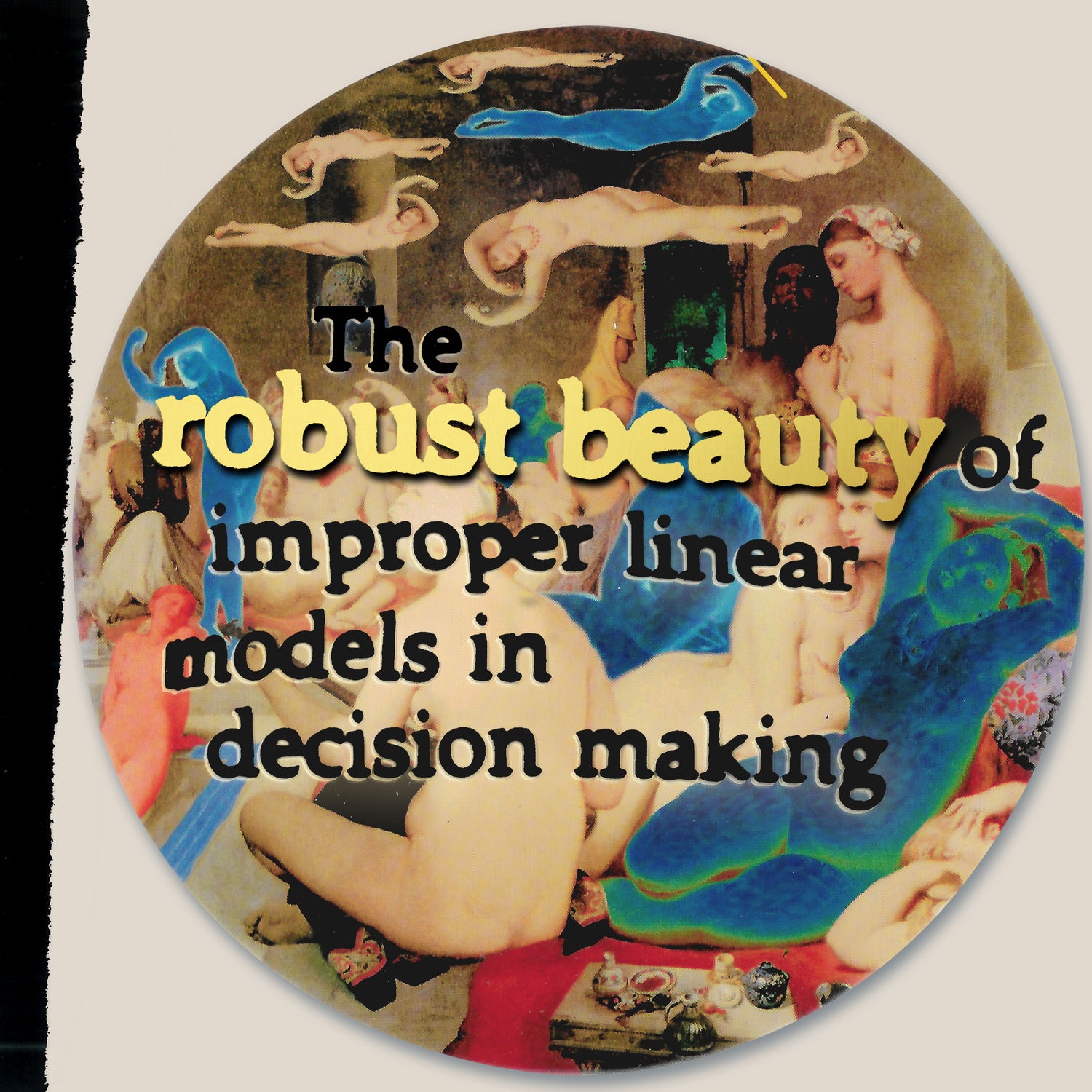
Chris Stamey & Kirk Ross – The Robust Beauty of Improper Linear Models in Decision Making (2021)
FLAC (tracks) 24bit/44,1kHz | Time – 01:10:23 minutes | 560 MB | Genre: Jazz
Studio Masters, Official Digital Download | Front Cover | © Modern Recording
One of the endearing qualities about this record is that it’s maintained its mysteries. Decades later, maybe it’s time to unlock a little of the origin story.
“For me, Robust Beauty began one night in downtown Chapel Hill with a butterknife.
The night of the butterknife was sometime in early 1994, not long after Chris had moved back to Chapel Hill. He came out to see a showcase of outside bands, including mine. Lud didn’t have songs then, just rituals. One was that in preparing the guitar you had to use a found object from the gig site, often a stray piece of metal or glass from the parking lot. That night, I was in a hurry and grabbed a butterknife from the kitchen, and played the set with it jammed in my strings. It made an eerie racket and was great fun. The show must have made an impression because Chris told me later he wanted to start a band called Butterknife. That didn’t happen. This record did.”
The sessions for Robust Beauty centered around a marathon three-day improvisation in summer 1994 with amazing NC percussionist Ed Butler in a studio inside the famous Cats Cradle nightclub. Ira Kaplan, who was playing there with Yo La Tengo, also joined us on several songs. It was a reunion of sorts, Chris and Ira having played guitar together in NYC in the early days of YLT.
The sounds collected became the basis for these compositions for “prepared and unprepared guitars,” a parking lot of moments scattered with pieces of metal and glass, plastic and wound and unwound wire ready to be jammed into a medium and recomposed. Kirk brought battery-powered kitchen appliances, a toy horse and some railroad spikes, minicassette players loaded with field recordings; Chris brought wide-tuned guitars and a Photon optical guitar device; Ed’s percussion was both manufactured and found and included a mazhar and a particularly well-tempered socket set. Some of the pieces created over those intense few days were instantly suitable for framing, others required loops, fractals, a toast, or more windup toys.
The recordings are reordered from the original release, now divided roughly into a first volume, of modal explorations, and a second, of soundscapes.
* * *
Chris describes it thusly: ” ‘To live outside the law, you must be honest.’ To play music in this way-jumping in without looking at the net-you must, first and foremost, listen. It requires ears even more than fingers, a full commitment to paying consistent attention. There’s no break, no time to think about what’s for dinner. And it asks for a nonjudgmental attitude, leave your well-honed cynicism at the door, please: you have to “get out of the way” and let the music come. It calls, as well, for civility, diplomacy, kindness, letting go of vested interests and preconceptions, being receptive to what others are saying/playing. There is also a kind of hedonism to it, to be sure: what a pleasure those moments are when music walks gently in the room and the air sparkles and glows with vibration. They may be fleeting, brief; they may be sustained, seemingly endless. But they are precious, regardless of duration. This is the stuff that makes music sing, in fact: the gossamer weave revealed when the players connect. Listen, can you hear it? When the notes streeeetch then hold just tight enough, when the tension is distributed evenly around all sides of the trampoline. Listen . . . so that when the music jumps and rebounds, you can fly as well.
“I am sure Kirk is right about the night of the butterknife. I don’t remember that part very clearly. What I remember well is a later evening filled with candlelight, in an empty, elderly house that Mark Simonsen, multi-instrumentalist and carpenter and Old Ceremony member, was renovating, up north of town. We rendezvoused there around midnight for a contraband invocation in the round, or perhaps we were blessing the structure before the occupants took possession? Mark had his vibraphone and there was a piano. Saxophonist Randy Pelosi might have been in the room, in the mix. Kirk had a guitar on a tabletop and was coaxing sounds out of it that had nothing to do with Metallica, but a lot to do with both George Bailey and Derek Bailey. Ed might have had just an oversized tambourine and some kitchen utensils, but in his hands a little goes a very long way. I would have started tuned to my Lydian favorite then, the “Wonderful Life” tuning F A C G B E, on the old white Jazzmaster, then moved to something much lower, probably Drop A. Oh, how the winds howled and the lightning struck in those bare rooms all around us, though the sky outside was clear and full of stars. The music was both free and beyond cost. I was still fresh back in NC, and my first thought was, “What have I been missing all this time away?” My second thought was, “Let’s do this again, but next time, let’s roll tape.”
“After the sessions at Overdub, we found a discarded, stepped-upon sheet scrap on the floor of the copy shop in the dead center of town where both Kirk and my wife, Dana, worked at the time and which served, along with the fabled Hardback Cafe across the street, as a nexus of boh’eme camaraderie. The paper was entitled “The Robust Beauty of Improper Linear Models in Decision Making.” Now, that’s a headline. And its thesis, in a nutshell (as I recall, perhaps incompletely) was that even if your plans were deeply flawed, you still had a better chance of success than if you had proceeded without any plan. Since we had a very solid plan-which was to have no plan at all besides showing up-it seemed like the best of all possible titles, and we used it as found art for the typeface and title of this project, not knowing that the paper itself was somewhat famous.
“Years later, I was pleased to be told that the author of the paper whose title we borrowed, psychologist Robyn Dawes, had himself discovered our creations and found the music very enjoyable as well. And when he died, in 2010, it was played at his funeral. ‘The best laid schemes o’ mice an’ men’ sometimes surprise us all.”
Tracklist:
Disc 1 (39:42)
1. Puzzle (02:59)
2. Love (07:31)
3. (I’m in with) the Out Crowd (04:07)
4. Dog Worrying a Bone (05:22)
5. Ping-Pong (00:19)
6. Bukowski Attends His Funeral March, Pt. 1 (02:04)
7. Bukowski Attends His Funeral March, Pt. 2 (01:41)
8. Bukowski Attends His Funeral March, Pt. 3 (02:41)
9. Bukowski Attends His Funeral March, Pt. 4 (00:38)
10. Meditation on a Theme (03:51)
11. Puzzle: Reprise and Twang (00:51)
12. The Indianapolis 2000 (03:31)
13. (I’m in with) the Out Crowd (Ed Steps out) (Remix) (04:07)
Disc 2 (30:41)
1. Rail Spike Melody (01:17)
2. The Big Clock (05:31)
3. Staircase Descending a Nude (02:44)
4. The Arsonist and the Fire Engine (02:18)
5. Shimmerish (02:00)
6. Dahlia Gradual (01:54)
7. Sargasso a La Carte (03:35)
8. While Watching the Led Zeppelin Reunion (01:39)
9. Fog Harbor, 1943 (03:00)
10. The Kurdish Shepherd (04:07)
11. The Big Clock (Reprise) (02:36)
Download:
mqs.link_ChrisStameyKirkR0ssTheR0bustBeauty0fImpr0perLinearM0delsinDecisi0nMaking202124441.rar

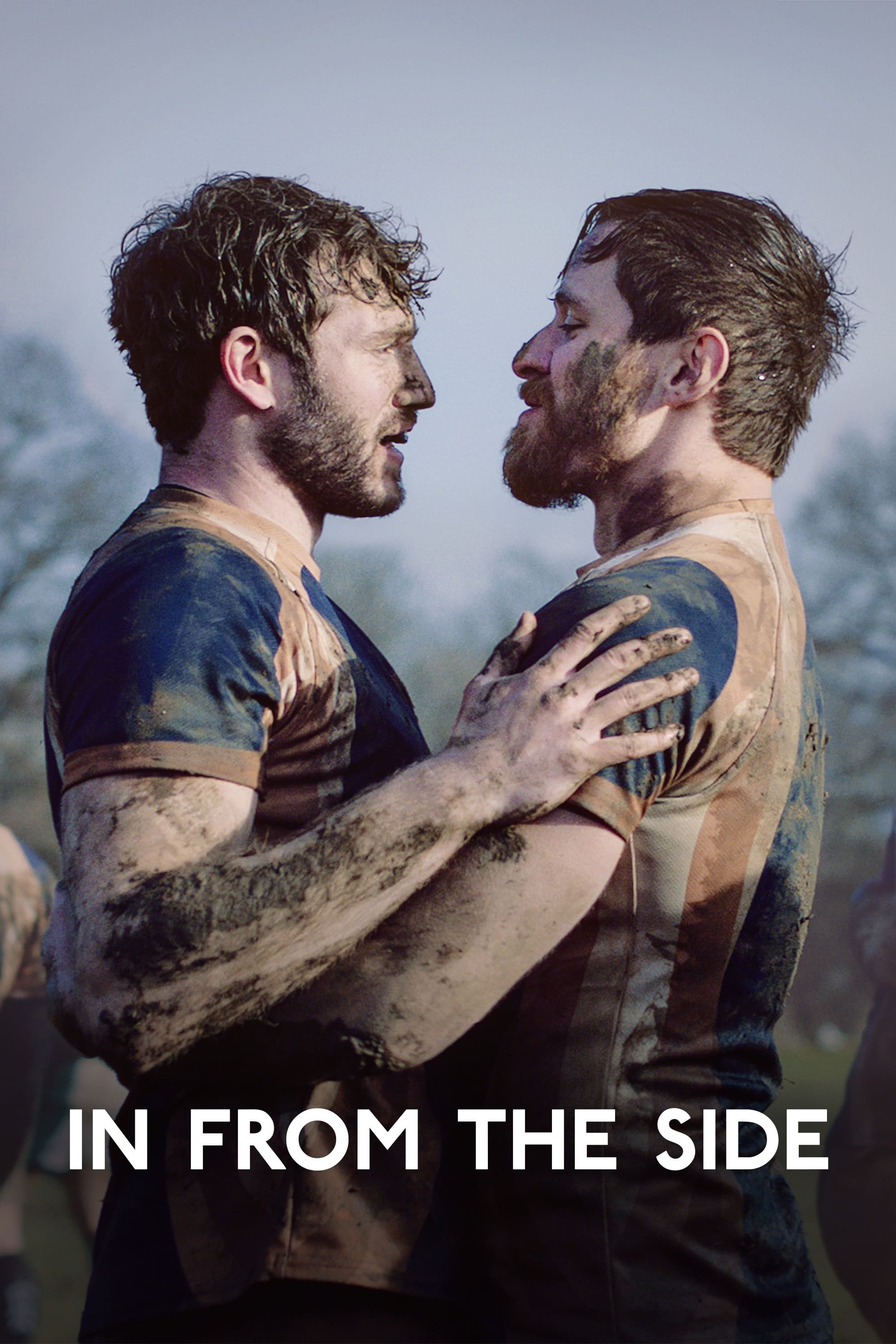
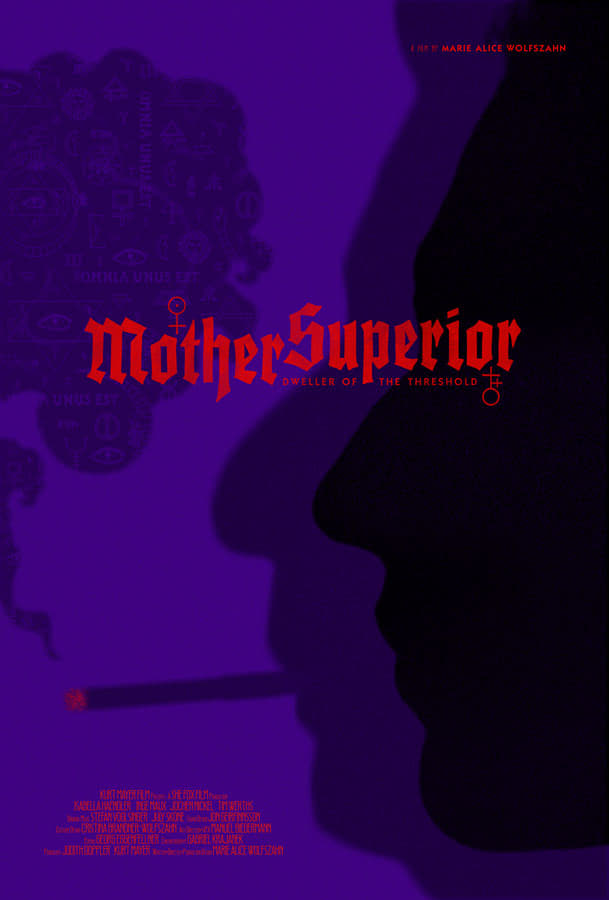
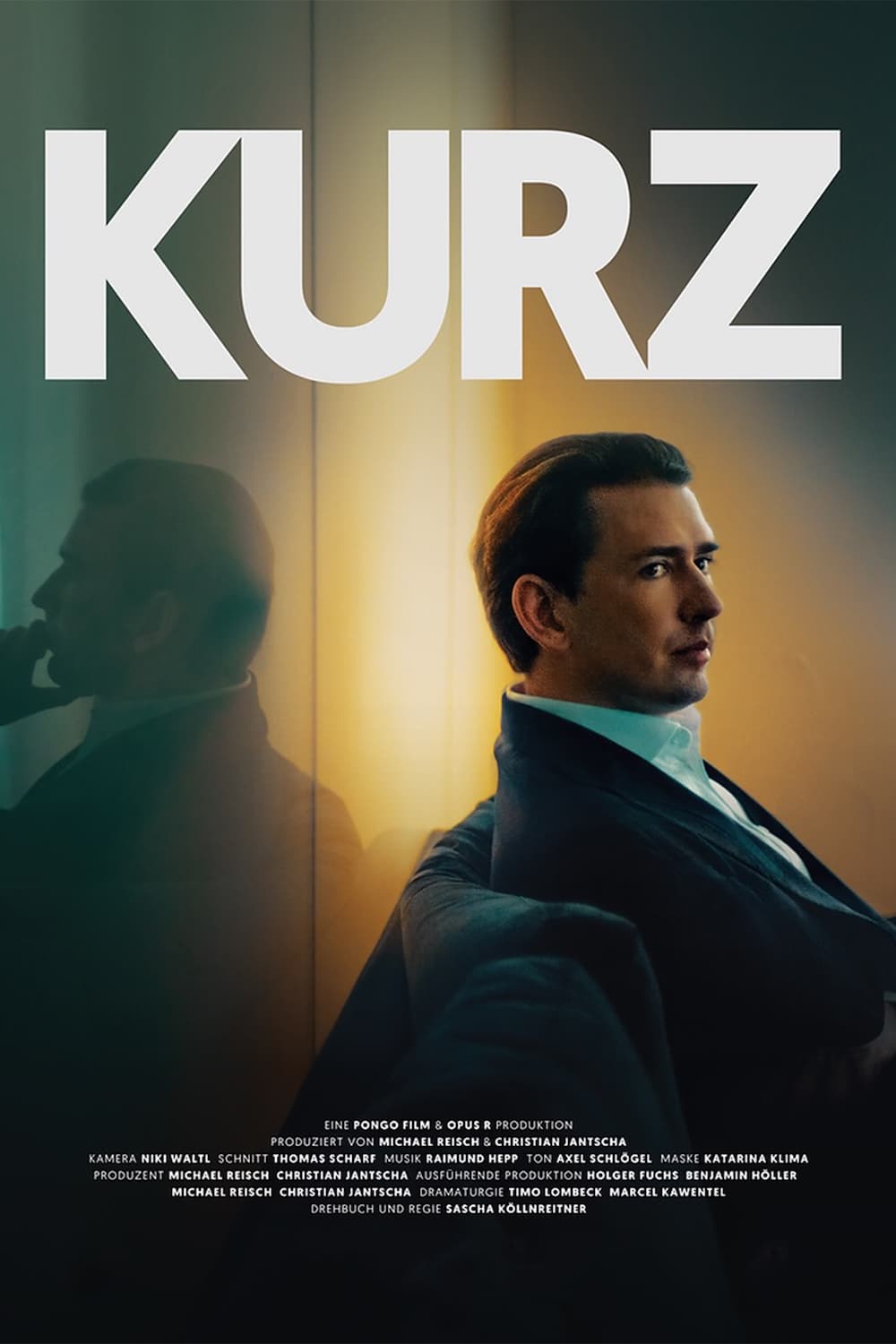

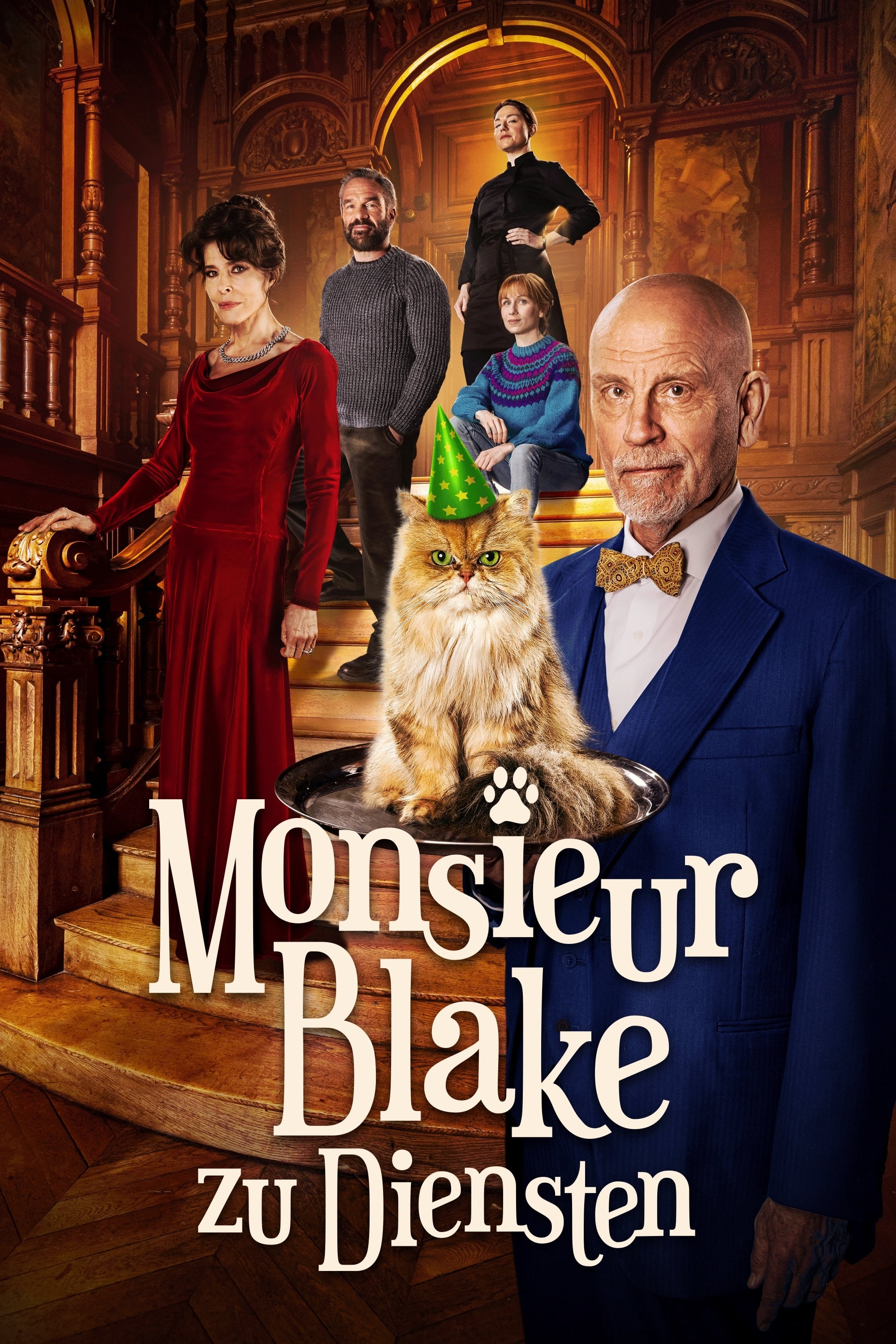



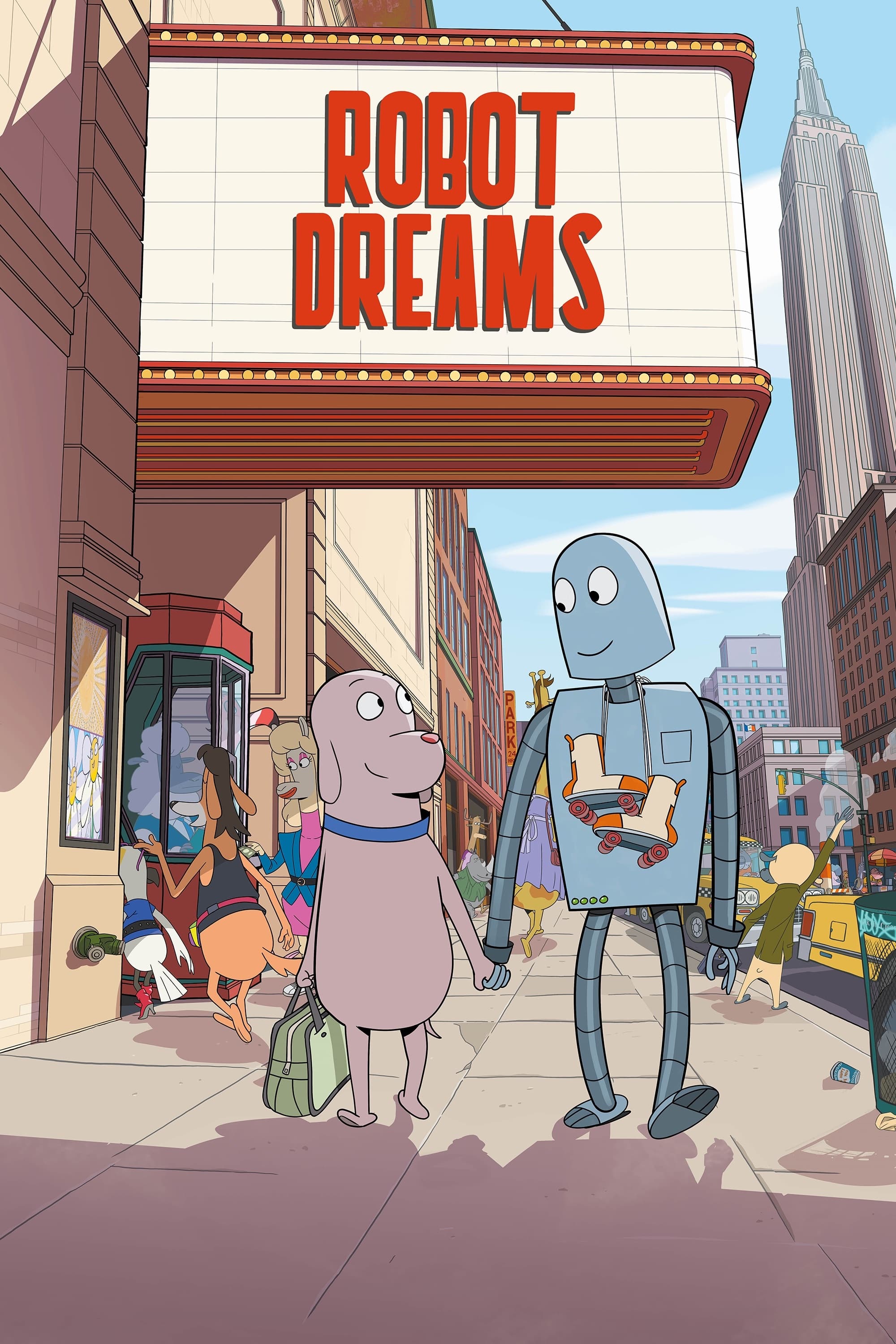
![Chris Stamey - The Great Escape (2023) [FLAC 24bit/96kHz] Chris Stamey - The Great Escape (2023) [FLAC 24bit/96kHz]](https://imghd.xyz/images/2023/08/16/xrwh989hnmr5b_600.jpg)
![Chris Stamey & The Fellow Travelers - A Brand-New Shade Of Blue (2020) [FLAC 24bit/96kHz] Chris Stamey & The Fellow Travelers - A Brand-New Shade Of Blue (2020) [FLAC 24bit/96kHz]](https://getimg.link/images/imgimgimg/uploads/2020/10/DngQUIi.jpg)
![Peter Holsapple & Chris Stamey - Our Back Pages (2021) [FLAC 24bit/88,2kHz] Peter Holsapple & Chris Stamey - Our Back Pages (2021) [FLAC 24bit/88,2kHz]](https://mqs.link/wp-content/uploads/2022/06/Ug3g4WS.jpg)